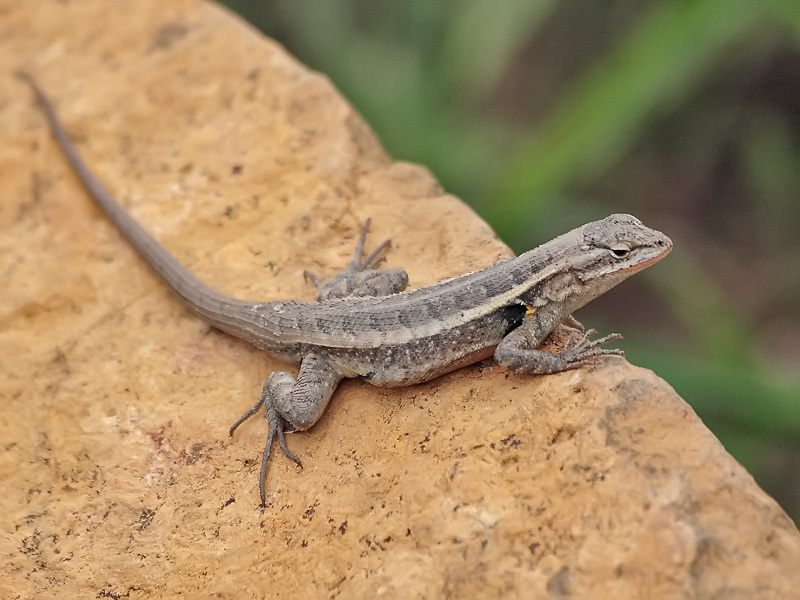How does it deal with the post digestion stuff?
A moment of silence for people with plastic surgery
Could we consider this to be a dilemma of preservation?
Let’s take something innocuous and specific, like a package of food. We want it to be airtight and safe from bacteria until a human tears it open and eats it. But once torn open, we want it to disintegrate.
Now, if we make this bacteria and allow it to spread, the same problem exists as if we were to package that food in a wooden container, or a paper container. The material is now “weak” to ambient attackers.
If we play our cards right, we could have a real-life Andromeda Strain.
This is so great and so bad at the same time. We’re gonna have to go back to using tar and shit for things we actually want to last. That’s not going to be cheap…
I mean, wood already biodegrades quite readily, yet we are able to make some pretty long lasting things out of it anyway. Having a bacteria that can break down some variety of plastic doesn’t really imply that all plastic things are going to rot away like old fruit.
We also cover wood in hydrocarbons to stop it from being broken down, if a bacteria can break down long hydrocarbon chains we are kind of fucked
Dry wood will last centuries without any oiling. Which is good news for timber frames because those are left untreated. As long as your house is water-tight, the frame will be fine because wood rot simlly can’t metabolize in typical indoors humidity evels.
What we typically protect wood from is water, mechanical wear, UV, and stains. But even a furniture piece will not always get treated on internal parts where wear and wood expansion are no concerns.
And how do you keep the wood from being exposed to moisture without petroleum derivatives? Like technically it is possible but to build enough homes to that standard for even 1/1000 of the population is unreasonable
What?
The house I’m sitting in right now is made out of bricks, with the roof being a untreated wood frame covered in ceramic shingles. No hydrocarbons involved (except for the insulation but that came a good sixty years after initial construction). There are other construction methods besides the American “just wrap it all in vinyl” approach that aren’t necessarily more expensive, such as covering the outside insulation layer with clay/mortar.
The problem isn’t air moisture, at 60 % air RH wood is like 10 % humid and won’t rot. What causes wood to rot is pooling water, something that’s easily avoided by decent house building.
Is this a false equivalence?
Is the rate at which wood rots indicative of how quickly plastic would rot?
Also plastic tends to be very thin. Like if bacteria can denature 0.1mm per year that’s lots of years for a timber beam but a few months for plastic packaging.
Tar is very problematic health-wise. Banned in some countries for this reason.
Arm the site nuke https://en.wikipedia.org/wiki/The_Andromeda_Strain
Aren’t all humans full of microplastics?
All humans are also full of bacteria
Don’t forget PFAS
Also, microplastics
Are the bacteria that humans are full of also full of microplastics? Does that microplastic have its own bacteria?
Wait. It’s just bacteria and microplastics all the way down?
yin and yang.
Everything is, it has saturated the water cycle and is everywhere the water cycle reaches. (water cycle reaches everywhere)
Not just humans, IIRC micro plastics can be found in the most remote parts of the planet such as uninhabited areas of Antarctica.
yo thats unironically based. we need that.
If we could get it to stay in like the ocean or something then maybe that would be okay.
This could compromise the integrity of countless structures and prevent us from using plastic as an inert substance to store highly reactive substances, and also food and drinks.
Bunch of people in Hollywood getting really nervous right now.
Invented makes it sound like they came up with it from scratch. It’s more likely they bred one or bioengineered one.
Reposting my old comment
Here’s a thing I often think about.Somewhen long, long time ago trees existed, but there were no microorganisms or fungi which could break apart wood, so for some 60 millions of years land was littered with unrotten trees.Until these microorganisms and fungi came into existence and started to feast. That event made wood a perishable material, and people now have to treat wood in different ways in order to show down its decay.Currently, humanity relies on plastics. And one large advantage of plastics is that they are, well, effectively non perishable. At the same time, humanity actively creates microorganisms that would be able to do what nature learned to do to wood.If Michael Crichton taught us anything, it’s the impossibility of containing such organisms in the lab. So I think it’s fairly reasonable to say that humanity will face with natural plastic rot within the next hundred years.Am I mad?Can you imagine challenges that will bring? Think checking every plastic bit of an airplane? A car? A ship?
It probably only eats a specific type of plastic. There are tons of different plastics all formulated differently, some could be toxic to the bacteria.
Agree, but also the nature will find the way 🥰
I wouldn’t worry too much about that. Plastic already degrades to a point of not being useful - it just sticks around in a way that is harmful.
Sunlight does a number on it, and it’s not very abrasion resistant. It’s also not great at weight bearing. We’ll be ok, and if anything, better off if something breaks down plastic (as long as the byproduct excreted isn’t just as bad or worse).
We used other stuff before we had plastic and material science is still evolving. Latex glove and condoms still works. And stuff made from hard plastic could be made from metals, or some form of resin instead. Hell we didn’t stop using wood we learned to treat it to be more resistant.
Plus we have an issue of plastic everywhere. Maybe in the future it would be interesting to avoid using material that get everywhere and can’t be recycled.
I’ve read that book, didn’t end well for that civilization.
The planet was happy though.This one took me a few seconds.
Oh no, my balls
A tale of how a plastic eating bacteria moonlighted as a flesh eating one.
What does it excrete? I’m curious.
Edit: The bacterium will eventually convert the plastic into carbon dioxide and water. That’s both expected and somewhat disappointing.
Metabolism is just fire but slower IIRC
Metabolism can definitely create useful products. Alcohol is formed from yeast metabolising sugars, for example. Same with miso paste. Hell, we can make milk without cows now via precise fermantation.
Now that is interesting. From what and how?
Not sure on what the inputs are, but basically bioreactors that have bacteria that are doing the same processes you’d get milk from otherwise. I’ve done ice cream and protein powder made from companies that used perfect day foods’ reactor milk. Actually was a big fan of the vegan whey protein powder, but that company died at some point
Water and evaporated milk
True, but it also depends on the enzymes capabilities to break things down into their smallest components.
If I ever become a rapper I’ll be known as slow fire
He’s not a rapper.
I’ll be known as Metabolism.
That would be a great name for a jazz band, I think
what the plastic is made of. so any molecule that contains C, H (and atoms like O and S F or N depending on the type of plastic) can be synthesized by plastic eating bacteria. so we can also make oil and fuel from it
The article states it’s ingesting Polyethylene Terephthalate (PET), (C10H8O4)n
You’d prefer they excreted gasoline and matches?
At least then we could have some fun with it before it ended up as CO2
It would be a sure way to have this technology properly funded and true recycling being done: all sharks would jump at having the opportunity to make fuel at the price of pennies.
But do we need more cars running on it as it is?











